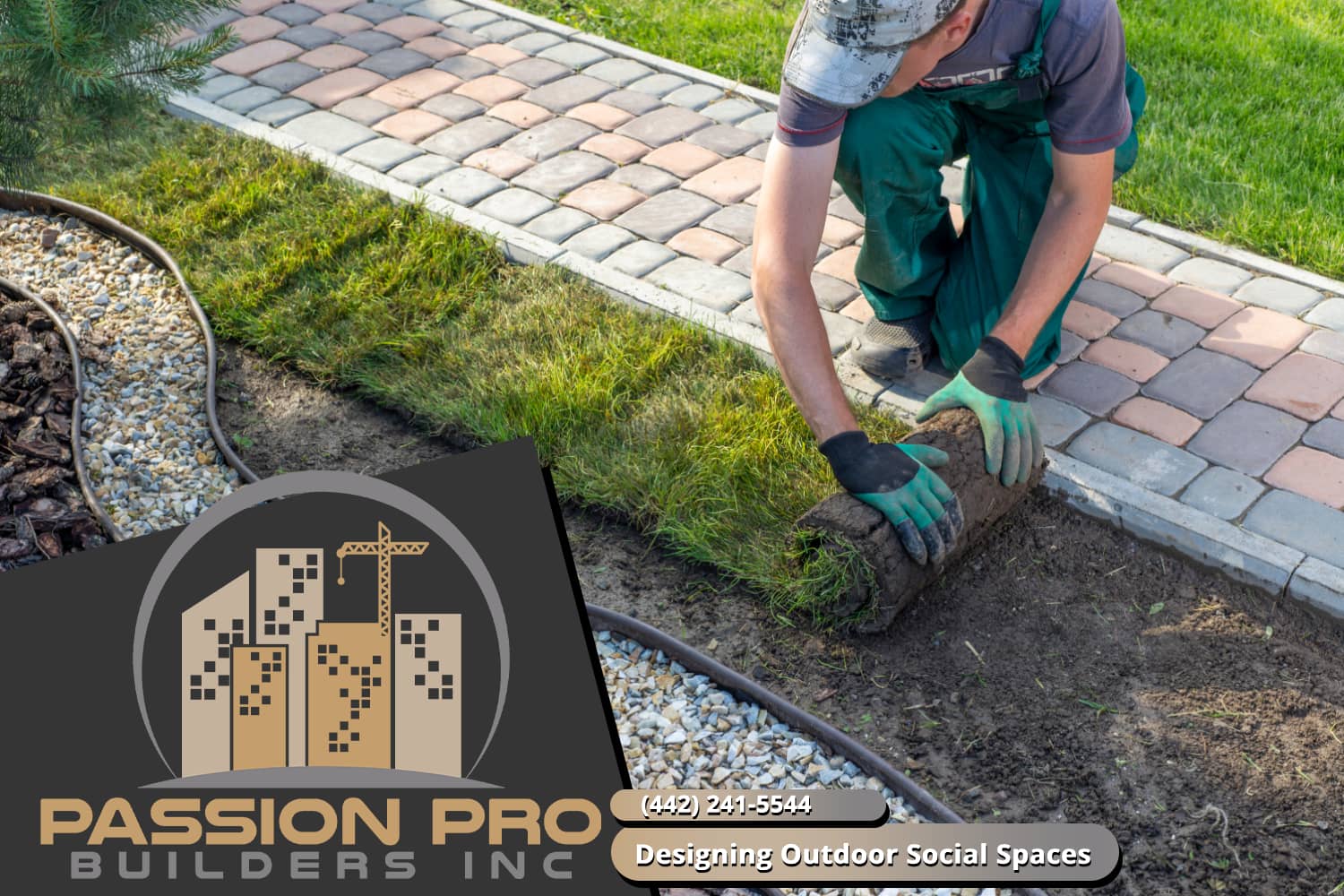Hilton Head Landscapes Can Be Fun For Everyone
Table of ContentsWhat Does Hilton Head Landscapes Mean?An Unbiased View of Hilton Head LandscapesThe Only Guide to Hilton Head LandscapesIndicators on Hilton Head Landscapes You Need To KnowHilton Head Landscapes for Beginners6 Simple Techniques For Hilton Head LandscapesThe 10-Minute Rule for Hilton Head Landscapes
Line creates all kinds and patterns and can be made use of in a range of methods the landscape. Line in the landscape is developed by the side between two materials, the rundown or shape of a form, or a lengthy direct feature. Lines are an effective tool for the designer since they can be utilized to create a boundless range of forms and types, and they control motion of the eye and the body.

Lines can have one or even more characteristics, such as those described below, but they commonly offer different purposes. Number 1. Lines in the landscape - hilton head landscapers. The buildings of lines identify exactly how individuals react to the landscape, both emotionally and physically. Straight lines are structural and forceful; they create a formal personality, are typically related to a symmetrical design, and lead the eye directly to a prime focus.
Some Ideas on Hilton Head Landscapes You Should Know
Straight lines are frequently found in hardscape edges and product. Bent lines create an informal, all-natural, unwinded character that is connected extra with nature and unbalanced equilibrium. Bent lines relocate the eye at a slower rate and include enigma to the space by producing concealed views. Upright lines relocate the eye up, making an area feel larger.
Upright lines in the landscape include high, narrow plant material, such as trees, or tall structures, such as an arbor or a bird house on a post. Straight lines relocate the eye along the ground airplane and can make a room really feel bigger. Low lines are more controlled and produce a sensation of rest or repose.
Facts About Hilton Head Landscapes Uncovered
Lines are also produced by the upright forms of developed features and plant material. There are 3 key line kinds that produce kind in the landscape: bedlines, hardscape lines, and plant lines.
Bedlines attach plant material to the residence and hardscape due to the fact that the eye follows the line, relocating the gaze with the landscape. Hardscape lines are developed by the edge of the hardscape, which defines the constructed structure. Line can likewise be developed by long and narrow materials, such as a fencing or wall surface.
More About Hilton Head Landscapes
Form is discovered in both hardscape and plants, and it is commonly the leading aesthetic component that spatially arranges the landscape and often determines the style of the garden. The form of frameworks, plant beds, and yard accessories likewise figures out the general type style of the garden. Formal, geometric forms consist of circles, squares, and polygons.
Plants develop kind in the garden with their describes or silhouettes, but form can additionally be specified by a void or negative space in between plants - bluffton landscaping (https://www.tripadvisor.in/Profile/h1tnhdlndscps). Circles can be complete circles, or they can be split into half circles or circle sectors and combined with lines to create arcs and tangents
Fascination About Hilton Head Landscapes
Circles can likewise be stretched into ovals and ellipses for even more variety and passion. Circles are a strong layout form due to the fact that the eye is always attracted to the center, which can be made use of to emphasize a focal point or attach various other types. Figure 2. Round forms in hardscape and yard panels.
The square form can likewise be fractional and used continuously to develop a grid pattern. Unlike circles, squares are stronger on the edges, which can be lined up or overlapped to develop special patterns and even more intricate forms. Polygons are many-sided types with straight sides. Triangulars, for instance, are three-sided polygons.
Twisting lines usually mimic the natural program of rivers or streams and can be called smooth lines with deeply rounded wavinesses. Twisting lines (Figure 3) work well for pathways, plant bedlines, and completely dry stream beds. Twisting lines can include rate of interest and enigma to a yard by leading visitors around edges to uncover brand-new sights and areas.
Hilton Head Landscapes - An Overview

Figure 5. Fragmented sides: stepping stones in path. Form is the most enduring top quality of a plant (landscapers hilton head island). https://visual.ly/users/stevenagonzales/portfolio. Common plant kinds are well established and standard, as kind is one of the most regular and recognizable feature of plants. Kind can likewise be created through the massing of plants, where the total mass produces a different type than an individual plant.
A highly different type needs to be utilized with careone or 2 work well as a prime focus, yet a lot of develop mayhem. All-natural plant types, as opposed to over-trimmed types, need to develop the mass of the composition. The importance of total kind is basically reliant on the viewing perspectivethe type of a tree can appear fairly various to a person standing under the canopy versus watching the tree from a range in straight from the source an open field.
The Single Strategy To Use For Hilton Head Landscapes
Plant types additionally produce and specify deep space or open areas between the plants, developing either convex or scooped forms in the voids. High-arching tree branches normally develop a concave open room under the branches, and a rounded cover with low branches loads the space to create a convex kind outdoors space under the tree.
